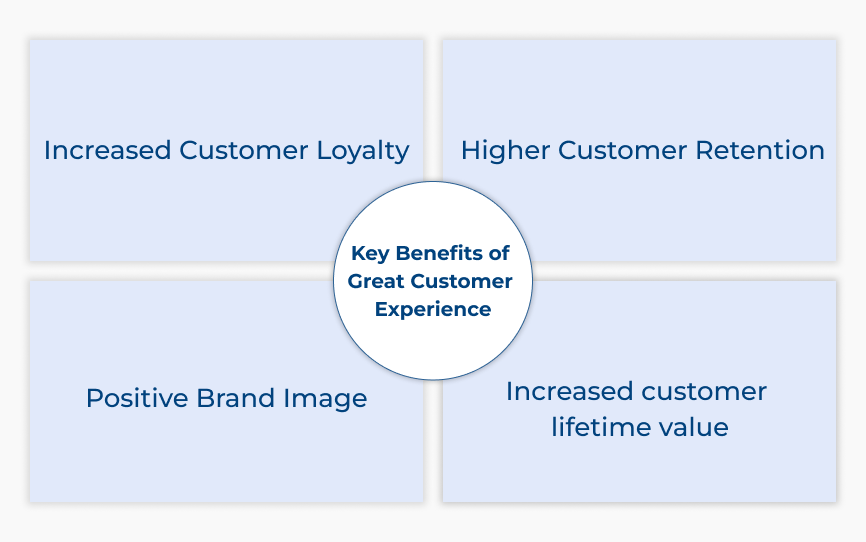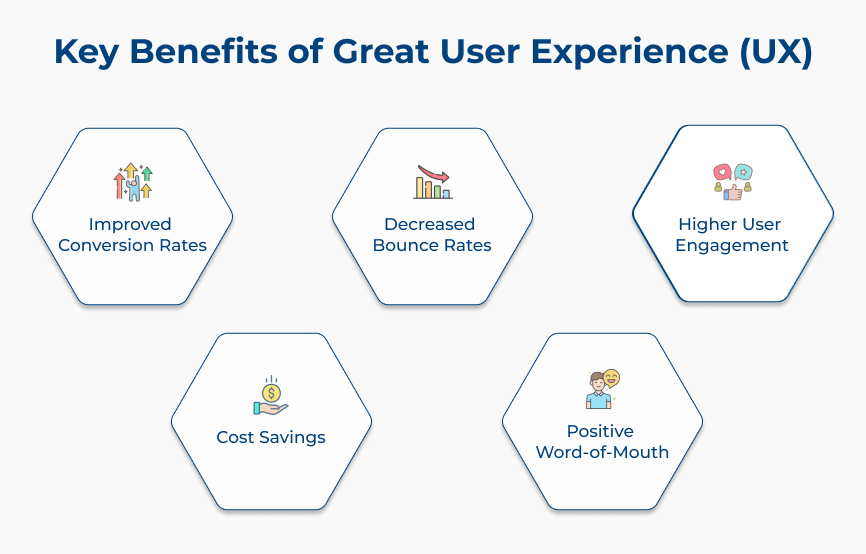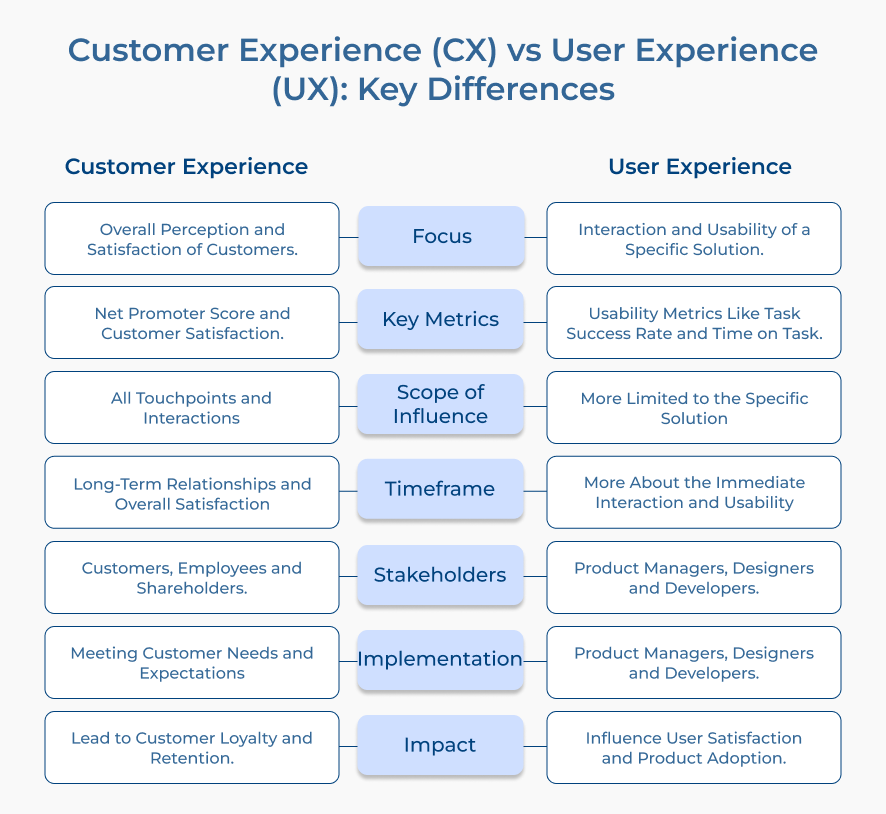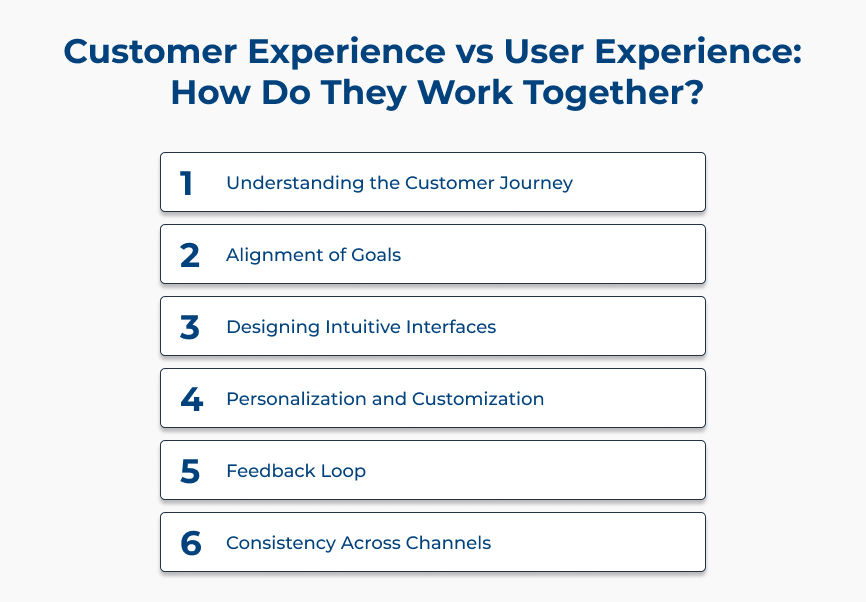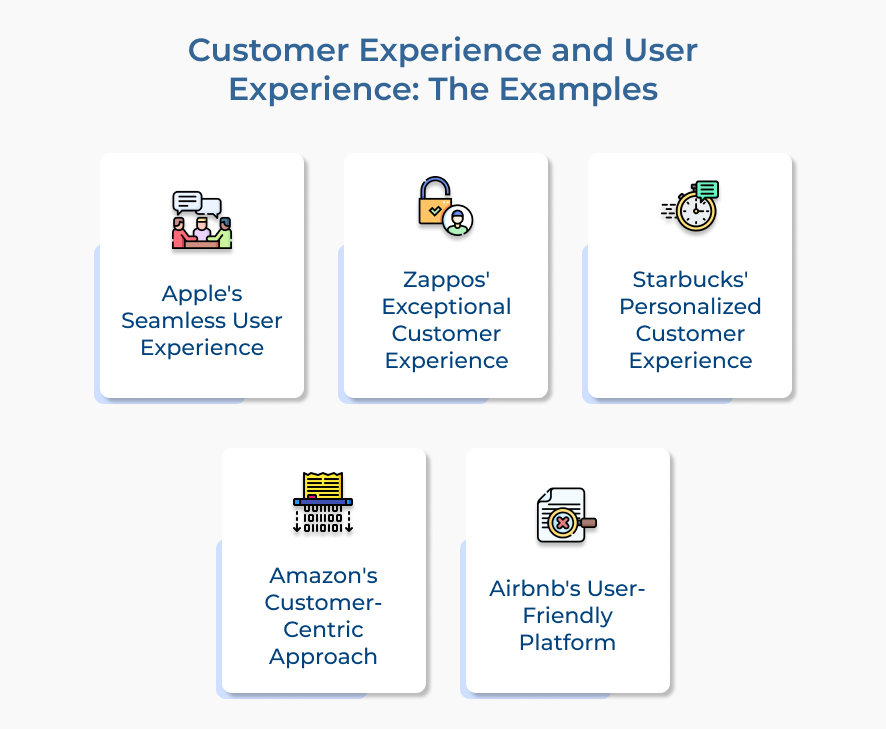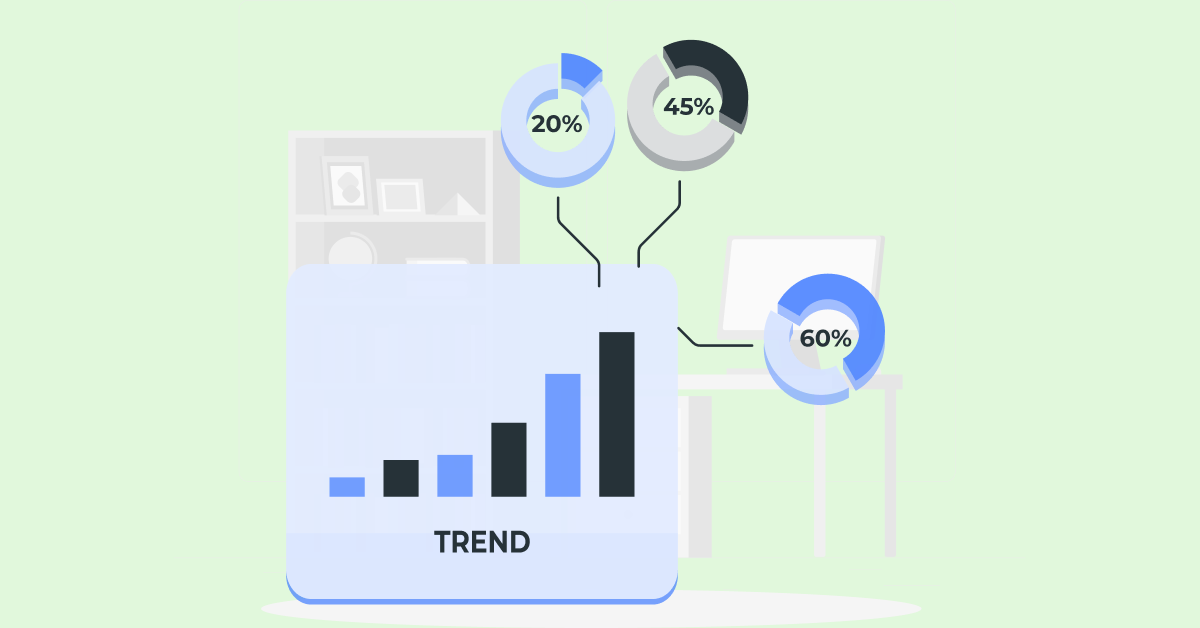1. Focus
Customer experience focuses on the entire journey a customer has with a brand, from initial awareness to post-purchase support. It encompasses all interactions and touchpoints a customer has with the company. It considers factors such as customer service, branding and emotional connections.
User experience focuses specifically on the usability and functionality of a solution. It deals with how easily a user can navigate and utilize the product. It is a more practical aspect of a product, ensuring that it is easy and enjoyable to use.
2. Metrics
The key metrics of CX include customer satisfaction scores, Net Promoter Score (NPS), customer loyalty, and customer lifetime value. They measure the overall perception and loyalty of customers towards the brand.
User experience is more focused on the usability, efficiency, and effectiveness of a solution. Key metrics for UX might include task success rate, conversion rate, bounce rate and time on task.
3. Scope of Influence
CX refers to the overall experience a customer has with a brand, encompassing every touchpoint from initial awareness to post-purchase support. The scope of influence in CX is wide, as it includes all interactions that can impact a customer’s perception of a brand.
CX takes a more holistic view of the customer’s interactions with a brand.
UX focuses specifically on the experience a user has with a solution. The scope of influence in UX is narrower, as it relates to the design, usability and functionality of a specific digital product or platform. UX is crucial for ensuring a product is user-friendly and engaging
4. Timeframe
CX is a long-term relationship-building process that focuses on customer satisfaction, loyalty and advocacy. It takes time to build and maintain a positive customer experience so the businesses must continually work to meet customer expectations over time.
User experience includes usability, accessibility and overall satisfaction with the functionality of the product. UX is more focused on the immediate interaction between the user and the product, often occurring within a much shorter timeframe than the customer experience.
5. Stakeholder
Stakeholders can include customers, employees, investors, suppliers and even the community in which the business operates. The focus of CX is on meeting the needs and expectations of these stakeholders to ensure customer satisfaction.
Stakeholders in UX typically refer to designers, developers, product managers and other team members involved in delivering a seamless user experience. The primary goal of UX is to enhance usability, accessibility, and overall satisfaction for the end user.
CX and UX: How Do They Work Together?
Explore how both can work together to transform a brand’s interactions and promote loyalty in highly competitive industries.






